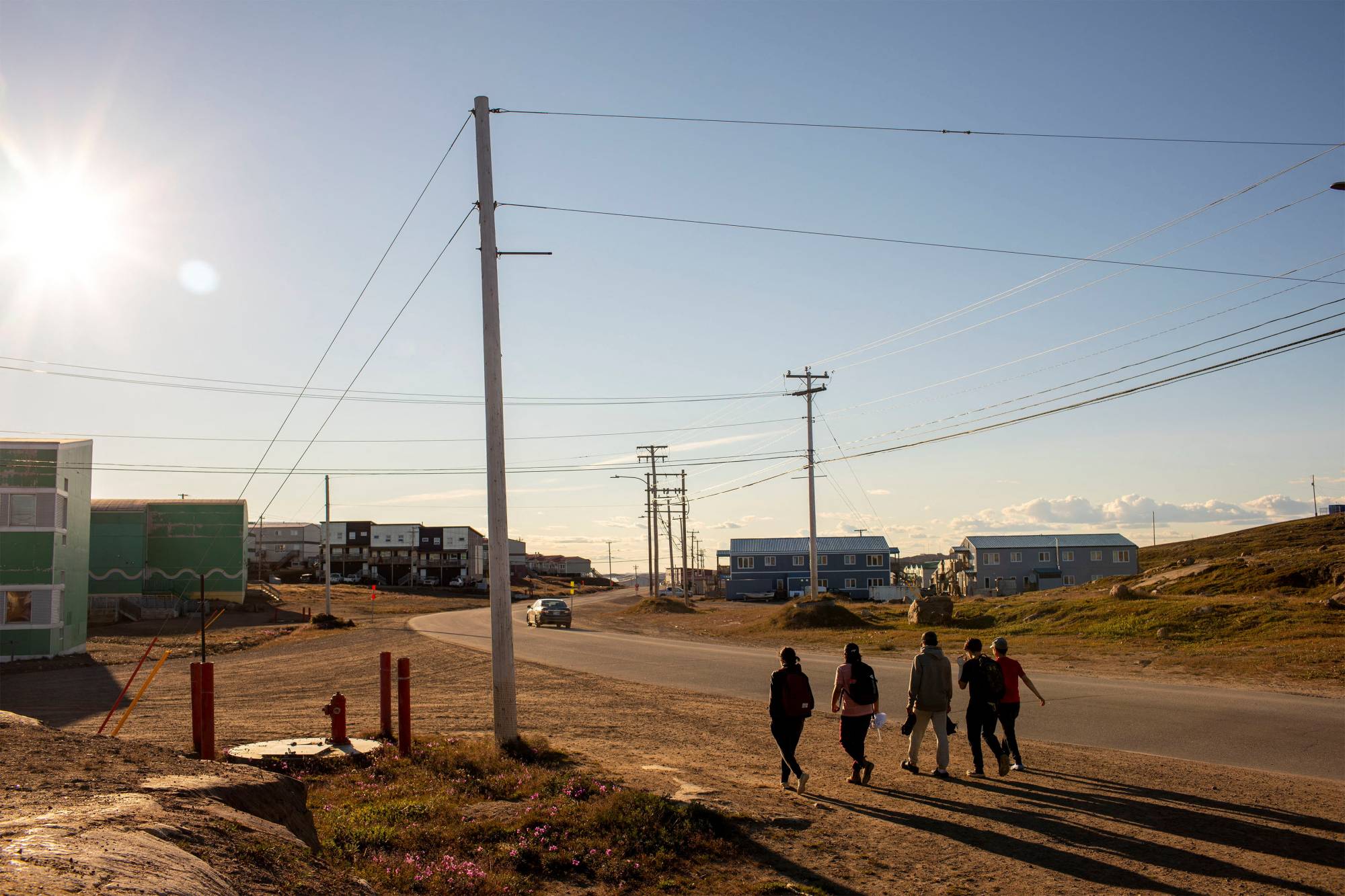The historic heat wave that’s smothered Western Europe this summer has caused transportation chaos. Railroad tracks warped, airport runways failed and key roads buckled. On July 18, the busy A14 highway in Cambridge, England, was closed after developing a bizarre ridge that, while enticing to skateboarders, would be calamitous to fast-moving cars and their passengers.
As it happens, the same thing has been occurring across America, Australia, China and Africa. With average temperatures rising and heat waves become more frequent and intense, infrastructure and in particular roads are increasingly vulnerable to human-induced global warming. A 2017 study assessing the impacts of the climate crisis on critical infrastructure found that by 2080, heat waves would account for about 92% of total hazard damage in Europe’s transport sector alone, in large part because the roads were built for cooler times.
Another study looked at data from weather stations used to determine the proper composition of local roads. It estimated around 35% of them used materials unsuited to the actual climate. "The maximum temperatures that civil engineers have been using in design are now being surpassed much more frequently,” said Amit Bhasin, a director of the University of Texas Center for Transport Research. "That’s when the design starts falling apart.”


















With your current subscription plan you can comment on stories. However, before writing your first comment, please create a display name in the Profile section of your subscriber account page.